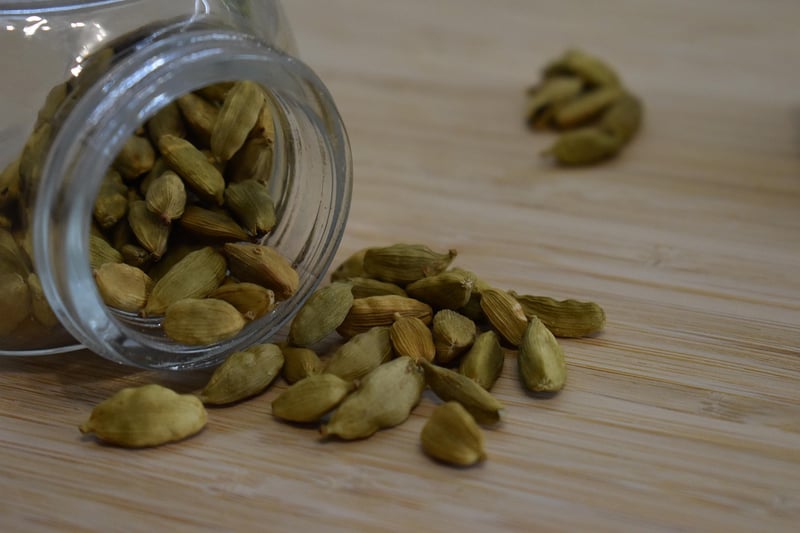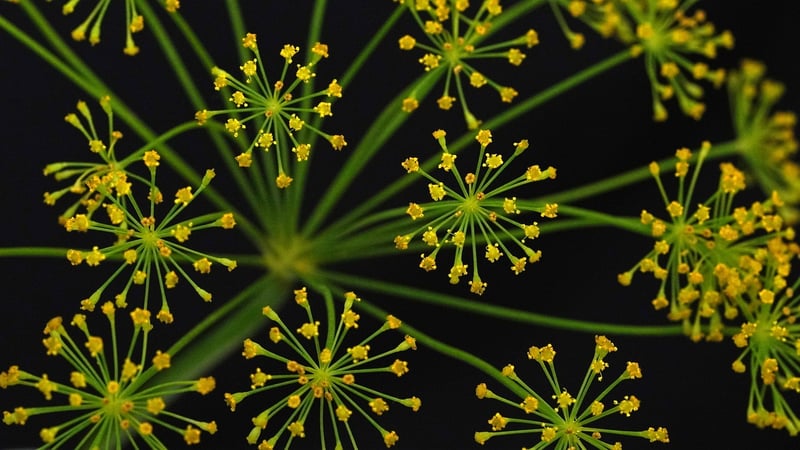Exotic Spices
Exploring Essential Elements of Exotic Spices
Spices have been an integral part of human history, adding flavor, aroma, and color to dishes for centuries. Among the vast array of spices available, exotic spices stand out for their unique and intense flavors that can elevate any dish to new heights. Let's delve into the essential elements that make exotic spices a must-have in any kitchen.
1. Origins and Cultivation
Exotic spices are often sourced from distant lands with rich histories of spice cultivation. Countries like India, Sri Lanka, Morocco, and Mexico are known for producing some of the most sought-after exotic spices. The unique climate, soil conditions, and traditional cultivation methods contribute to the distinct flavors and aromas of these spices.
2. Flavor Profiles
Exotic spices offer a wide range of flavor profiles, from the fiery heat of African bird's eye chili to the floral notes of Indian saffron. Each spice brings its own unique taste and aroma, allowing cooks to experiment and create dishes that tantalize the taste buds.
3. Health Benefits
Besides adding flavor to dishes, many exotic spices are packed with health benefits. For example, turmeric, commonly used in Indian cuisine, is known for its anti-inflammatory properties, while cinnamon may help regulate blood sugar levels. By incorporating exotic spices into your cooking, you not only enhance the taste of your dishes but also boost their nutritional value.
4. Culinary Uses
Exotic spices are incredibly versatile and can be used in a wide variety of dishes. From savory curries and marinades to sweet desserts and beverages, these spices add complexity and depth to culinary creations. Experimenting with different spice combinations can lead to exciting new flavor profiles that will impress your family and friends.
5. Popular Exotic Spices
- Saffron: Known as the most expensive spice in the world, saffron adds a deep golden hue and a subtle floral flavor to dishes.
- Cardamom: This fragrant spice is commonly used in Indian and Middle Eastern cuisines to add a warm, citrusy flavor to both sweet and savory dishes.
- Sumac: With its tangy, lemony flavor, sumac is a popular spice in Mediterranean and Middle Eastern cuisines, often used as a seasoning or garnish.
- Star Anise: This star-shaped spice has a strong licorice flavor and is a key ingredient in Chinese five-spice powder and many Asian dishes.
Embrace the world of exotic spices and let your culinary creativity soar with these essential elements that bring a touch of the extraordinary to your kitchen!


